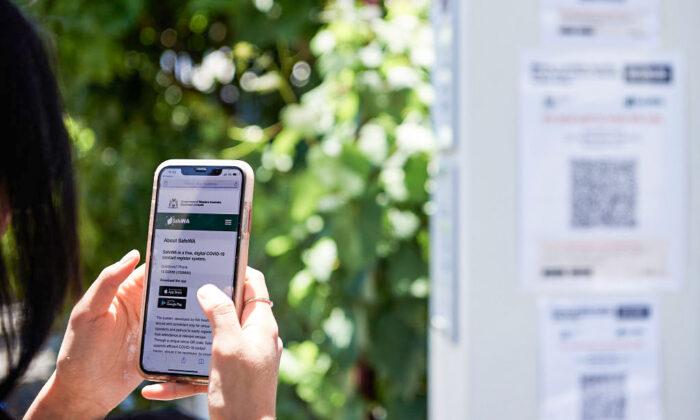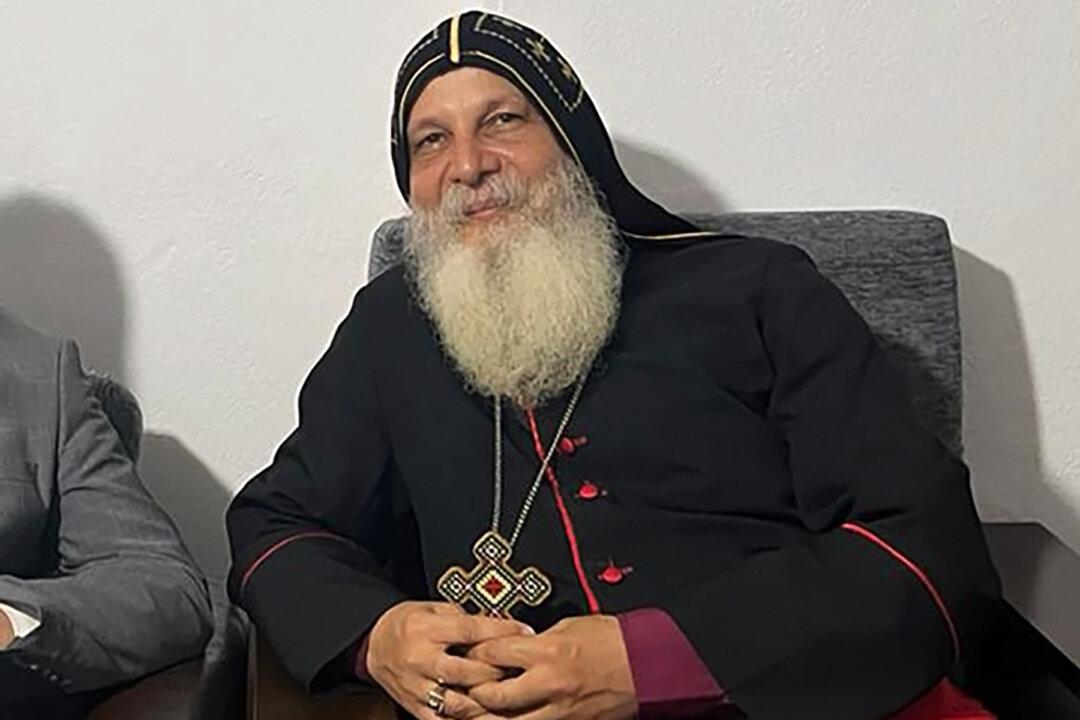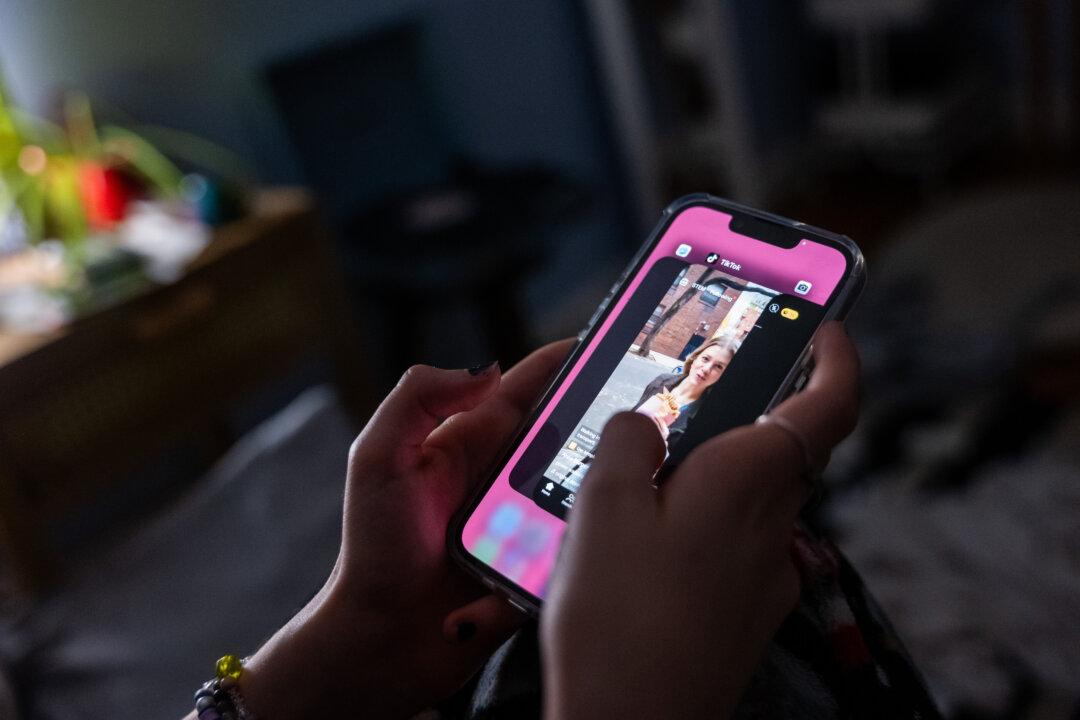The future of COVID-19 contact tracing could see healthcare workers wear electronic ID tags while they work, according to trials underway at Monash University and healthcare provider Alfred Health.
Researchers are currently trialling the use of Bluetooth-powered tags at the infectious disease ward at The Alfred Hospital in Melbourne.
Mehmet Yuce, associate professor of the Department of Electrical and Computer Systems Engineering, said the connectivity of the tags would help produce more accurate contact tracing data, particularly after a positive COVID-19 case is identified.
“As part of our research, we set up an Internet of Things-connected contact tracing system powered by Bluetooth,” he said in a press release on Dec. 14.
“Within each room, we installed beacon sensors which would identify each person entering the room based on their wearable identification tag and then transmit this data to a central receiver,” he added.
“The connectivity between the beacons, wearable tags, and receivers meant that critical information was obtained instantaneously and could be analysed to inform appropriate infection prevention policies.”
If an infection is identified, all close contacts to the individual can be traced, identified, and ordered to isolate—further, all locations requiring a deep clean can be pinpointed.
Andrew Stewardson, the infectious diseases physician at The Alfred Hospital, said healthcare workers were at greater risk of contracting COVID-19, noting that any advance in the “speed and accuracy” of contact tracing was welcome.
“Protecting healthcare workers from infectious diseases, like COVID-19, also keeps them at work—minimising furlough to maintain the capacity of the hospital system,” Stewardson said.
“Vaccination and robust infection control practices, including appropriate personal protective equipment, are the key tools to keep our frontline staff and patients safe.”
Researchers noted that after trials were complete, the technology could be implemented across hospitals and aged care facilities throughout the country.
COVID-19 has ushered in new advancements and the adoption of new technologies.
At the same time, however, the move has also raised concerns around privacy rights and data protection—particularly considering increasing cyberattacks.
Residents entering home quarantine are required to download the Quarantine SA app and will need to “check-in” with the app at random intervals during their quarantine period of two weeks.
Users have just 15 minutes to respond to a random check-in notification (in Western Australia, this is just five minutes) by scanning their faces.






